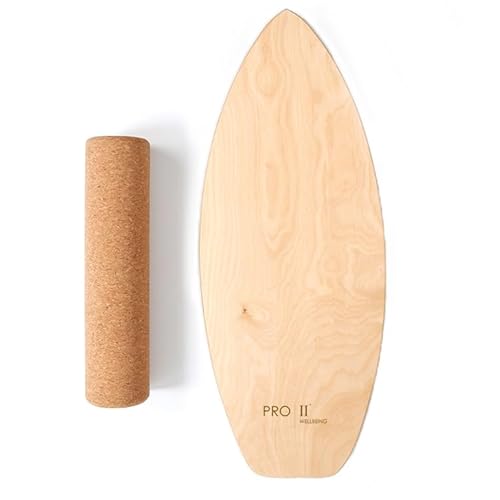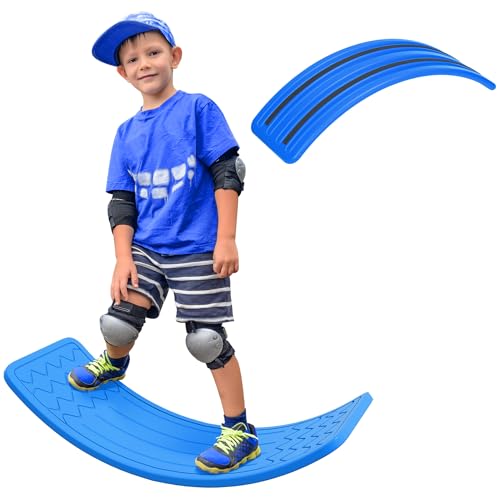Understanding the Balance Board: What It Is and How It Works
What is a Balance Board?
A balance board is a fun and effective fitness tool designed to enhance balance, stability, and core strength. Typically consisting of a flat surface mounted on a pivot point or roller, it challenges your body to maintain equilibrium while engaging various muscle groups.
How Does It Work?
Using a balance board requires a bit of practice as your body adjusts to the instability. As you stand on the board, small adjustments from your legs and core muscles are necessary to stay balanced. This constant micro-movement builds coordination and strengthens stabilising muscles.
The Benefits of Owning a Balance Board: More Than Just Fun
Improved Balance and Coordination
Integrating a balance board into your routine can significantly enhance your balance and coordination. Whether you are an athlete or someone who just wants to prevent falls, better balance is fundamental to overall physical performance.
Strengthening Core Muscles
While engaging with a balance board, you are not only working on your balance; you are also actively strengthening your core muscles. A strong core is crucial for proper posture and reducing the risk of back injuries.
Versatility and Fun
Balance boards are versatile and can be used for various exercises, from basic balancing to complex fitness routines. They offer a great way to diversify your workouts, keeping them enjoyable and engaging.
Choosing the Right Balance Board for You: Size, Material, and Design
Size Matters
When selecting a balance board, consider its size. A larger board provides more surface area for stability, which is ideal for beginners. Smaller boards can promote advanced skills and tricks, making them suitable for experienced users.
Material and Durability
Balance boards are made from various materials such as wood, plastic, or composite materials. Each has its own benefits, with wooden boards generally being sturdier and more durable, while plastic may offer more flexibility. Choose based on your personal preference and intended use.
Design Considerations
The design of a balance board can influence your experience. Some have a non-slip surface for safety, while others may include an aesthetic appeal that fits your workout space. Think about your intended use and how the design fits into your lifestyle.
How to Use a Balance Board Effectively: Tips for Beginners
Start Slowly
If you’re new to balance boards, begin with short sessions of 5-10 minutes. This allows your body to adapt to the movements without overexerting yourself.
Engage Your Core
Focus on engaging your core muscles while you balance. This will not only help you to maintain stability but also ensures you are getting an effective workout.
Practice Various Movements
Once you feel comfortable, try different movements like squats or lunges on the board. This will help in developing a higher level of balance and strength.
Where to Buy a Balance Board: Online vs. Local Stores
Shopping Online
Purchasing a balance board online offers the convenience of comparing different brands and models quickly. Many retailers provide detailed descriptions and customer reviews, aiding your decision-making process.
Visiting Local Stores
Shopping at local stores allows you to physically try the balance board before buying, which can be invaluable. You can assess the size, material, and comfort level in person.




























